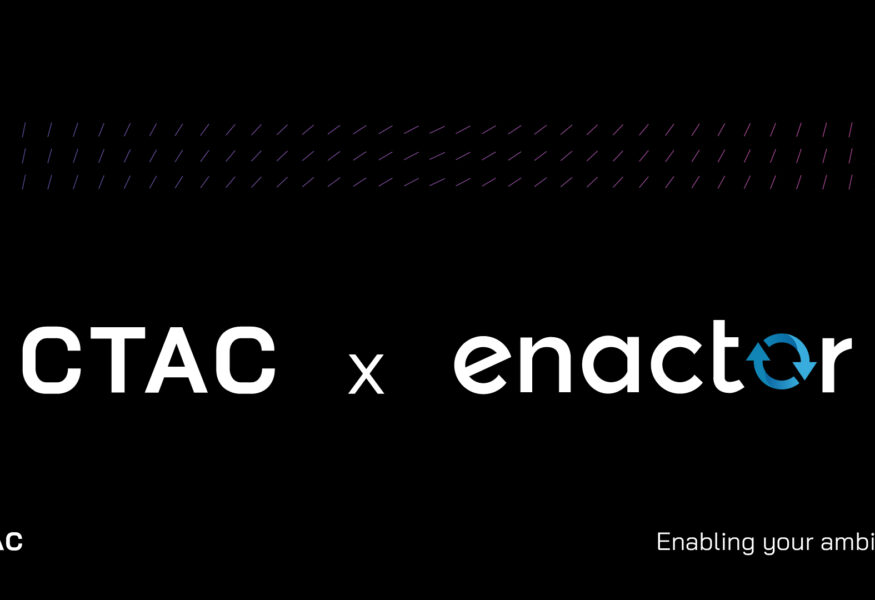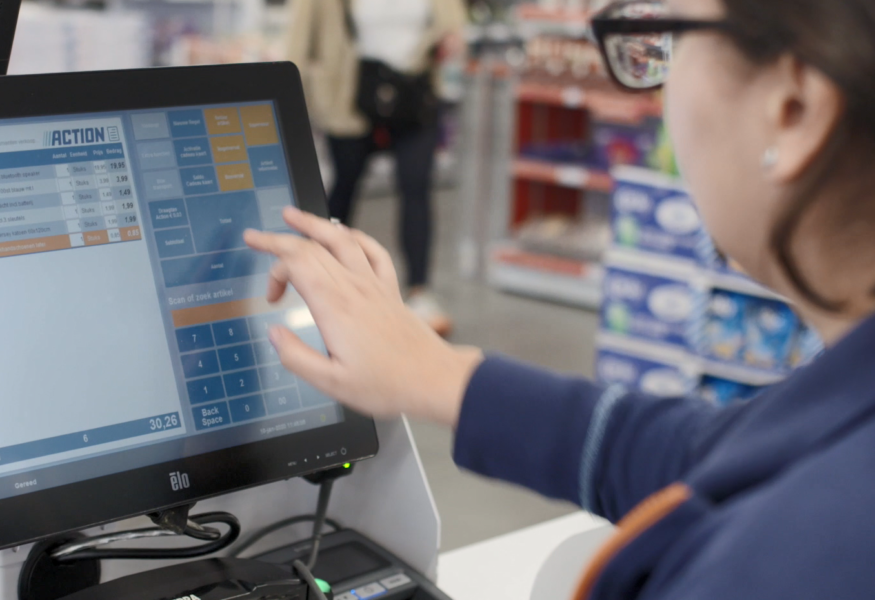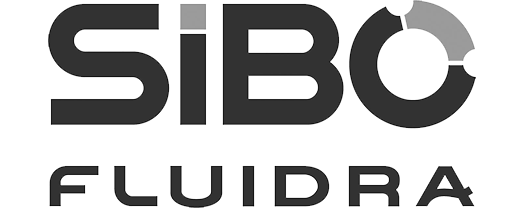The retail sector is changing at lightning speed. New technologies, higher customer expectations and increasing competition make flexibility an absolute must. In this blog, you will read how to stay agile and ahead of your competition with five essential guidelines.
The new rules of the game
Anno 2025, concepts such as cloud, omnichannel and customer centricity are here to stay. At the same time, technologies such as AI, augmented reality and robotisation are rewriting the rules of the game. Staff shortages, sustainability requirements and international pressure increase the challenges. Flexibility is not a luxury, but a strategic necessity to survive in this dynamic market.

5 essential guidelines for flexibility
As a retailer, you don’t want to just react to transformations, but embrace change while staying focused on your core business and customers. You can do this with a flexible IT landscape and an agile POS architecture. They come by in the below essential guidelines for retail agility.
1. Support every sales channel without concessions
Unified Commerce enables the seamless integration of physical and digital channels. The benefits of one central platform are numerous: you can offer customers the same personalised offers in-store as online, shop associates can offer targeted suggestions based on purchase history, they can also, for example, inform customers directly about loyalty points and relevant promotions. As a result, the number of (repeat) purchases gets a boost, as does customer satisfaction. Moreover, Unified Commerce prepares retailers for new shopping channels. Want to reach customers with Instagram Shopping? Integrate with voice assistants like Siri or Alexa? Capitalise on opportunities with visual search? With a central platform, you are ready. Unified Commerce is the solution to break through boundaries and serve customers personally anytime, anywhere. On the contrary: apart from providing a consistent shopping experience, Unified Commerce reduces costs.
2. Manage every touchpoint from a single truth
The days of outdated systems and fragmented data are over. Unified Commerce connects all channels and data in one solid IT environment for a seamless customer experience. Whether in your webshop, physical shops, checkouts or customer service: customer data is available in real-time and always consistent. One platform, one truth. From that central source, an integrated POS system makes it easy to support various touchpoints efficiently and respond quickly to transformations. Thanks to its agile architecture, you sell fluently via various devices and applications, whether regular POS, mobile devices, kiosks, integrated webshop solutions or clienteling apps. A flexible POS system makes the complexity of integrations, business logic and taxation manageable. As do costs, even with a growing diversity of touchpoints.
3. Get ready for all shop concepts and situations
Flexible IT solutions enable retailers to quickly test new shop concepts and adapt existing models. From large to small, from pop-up shops to XL flagship stores. Different concepts make specific demands on the IT architecture, all of which can be met with scalability and flexibility. This also applies, for instance, to times of peak traffic, which require a different shop setup. Smart IT architecture offers support in every situation.
4. Leave vendor lock-in behind and opt for freedom of choice
With composable commerce, you can customise technology without being locked into one system. Combined with the principles of MACH architecture, composable commerce is the new standard for maximum flexibility and therefore future-proofing. As a retailer, you can select and integrate components that best suit your specific needs, for example in the areas of promotions, personalisation or new ‘headless’ touchpoints. You can replace these building blocks individually in freedom, allowing you to be agile and innovative. A modular IT landscape lets you respond quickly to trends and market needs, with solutions that align with your business strategy. It makes you ready for the future.
5. Embrace flexibility as an organisational model
Flexibility goes beyond technology. Unified commerce also requires a culture of cooperation, automation and innovation, both inside and outside the organisation. So that all employees and external stakeholders actually respond to market changes. Flexibility as an organisational model saves you from internal island formation, it prevents you from getting stuck in the delusion of the day and being mainly concerned with maintenance and basic management. While times call for customer focus and innovation.
What will this bring you?
Flexible retailers can respond better to transformations, implement shop concepts faster and adopt new technologies more easily. In this blog series, we explain how to integrate flexibility into both your systems and organisation to always stay one step ahead of the competition. In upcoming blogs, we will specifically address each of the 5 essential guidelines.










